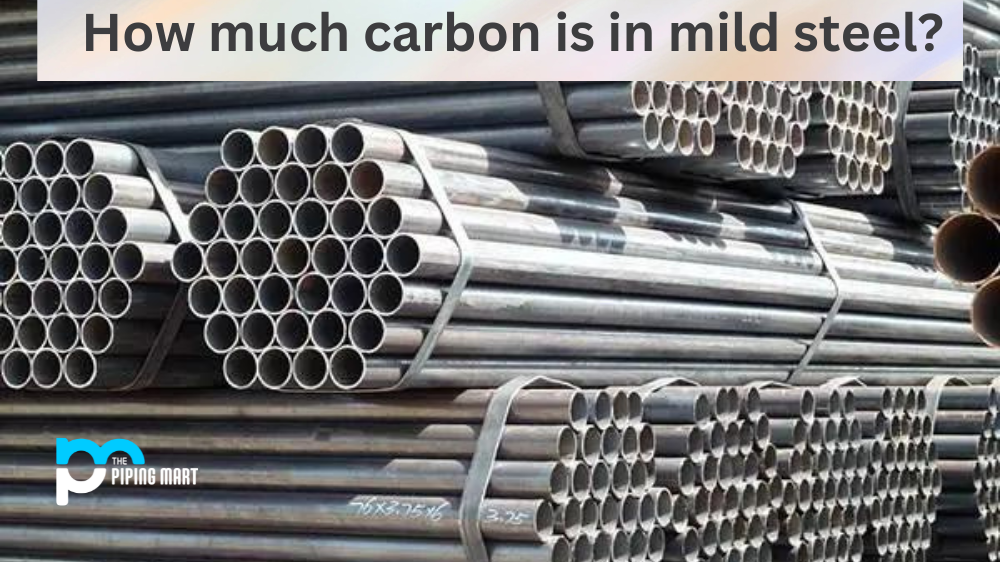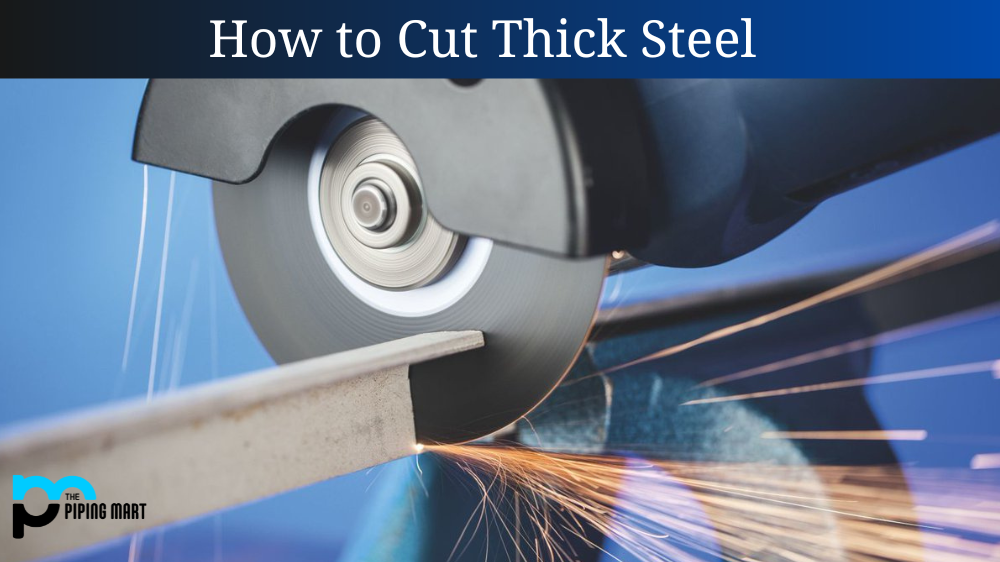Mild steel is a type of low-carbon steel that contains 0.05–0.25% carbon. It is one of the most commonly used steels in manufacturing and engineering, and while it has a wide range of applications, it is important to understand its carbon content and how it affects the material’s properties. In this blog post, we’ll take a look at the carbon content of mild steel and what makes it so widely used in various industries.
The Carbon Content of Mild Steel
Mild steel has a relatively low carbon content compared to other types of steel, typically between 0.05-0.25%. This lower level of carbon gives mild steel improved ductility and better weldability compared to higher carbon steels such as tool steels or high-strength steels. The lower amount of carbon also reduces the hardness and strength in mild steel, making it more suitable for certain applications where greater strength isn’t required.
In addition to its low carbon content, mild steel also contains other elements such as manganese, phosphorus, sulfur, silicon, chromium and nickel, which can improve its properties depending on their levels in the alloy. For example, adding more manganese can increase the strength and hardness of mild steel without significantly reducing its ductility or weldability.
Uses for Mild Steel
Due to its unique balance between ductility, weldability and strength, mild steel is one of the most versatile materials available for manufacturing processes such as fabrication and welding. Its uses range from construction projects such as bridges or buildings to household appliances like washing machines or refrigerators. It’s also widely used in automotive engineering for parts like frames or bodies due to its ability to absorb energy from impacts without breaking apart too easily.
Conclusion:
Mild steel has become an essential material for modern manufacturing due to its combination of low cost and excellent properties, including good weldability and ductility combined with moderate levels of strength. Its low carbon content makes it ideal for certain applications where greater strength isn’t necessary or desired, while its other elements can be adjusted depending on the application requirements. Understanding how much carbon is in mild steel will help you make informed decisions when selecting materials for your next project!

A passionate metal industry expert and blogger. With over 5 years of experience in the field, Palak brings a wealth of knowledge and insight to her writing. Whether discussing the latest trends in the metal industry or sharing tips, she is dedicated to helping others succeed in the metal industry.




